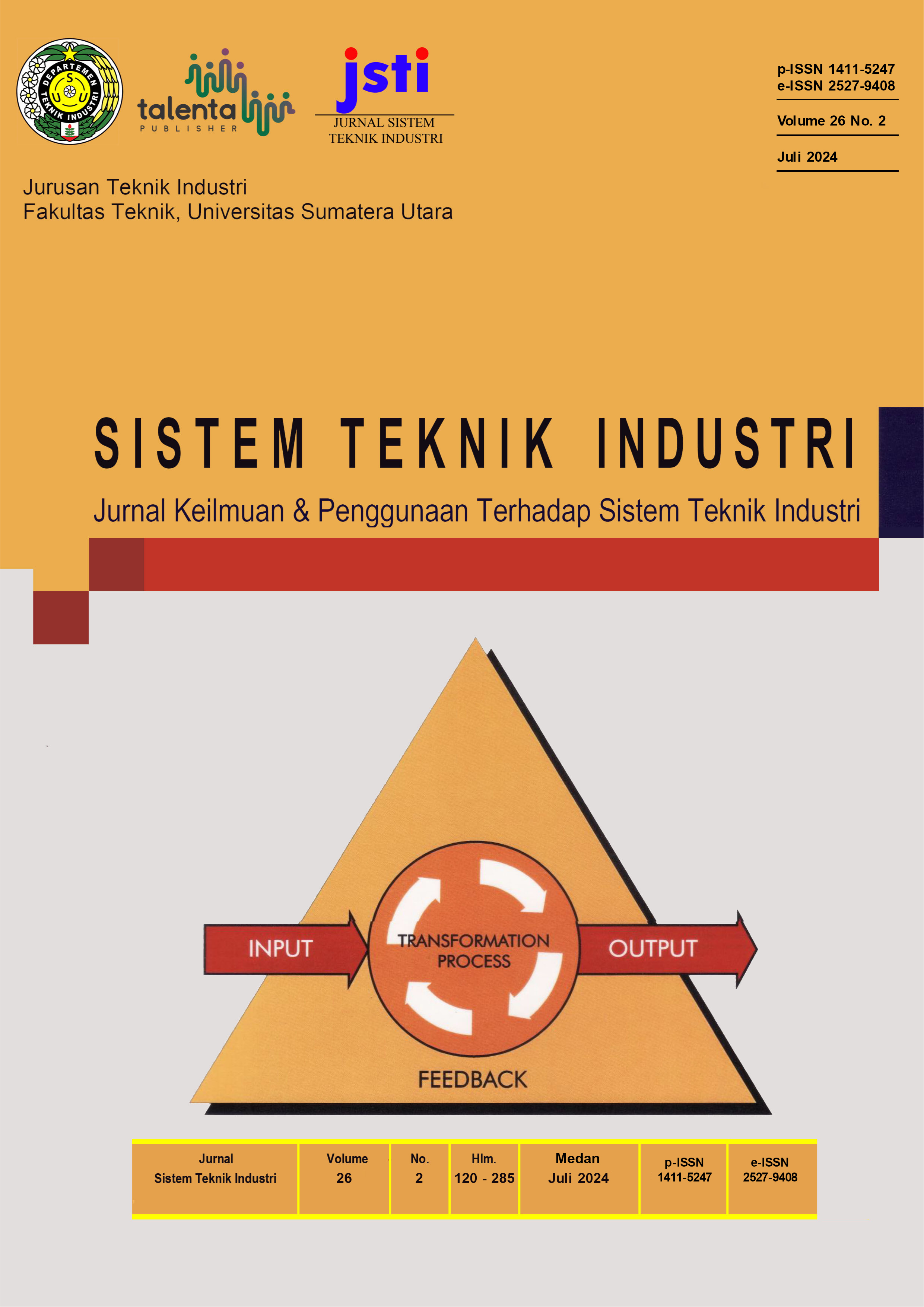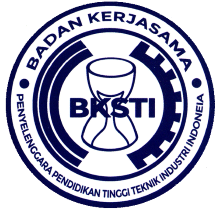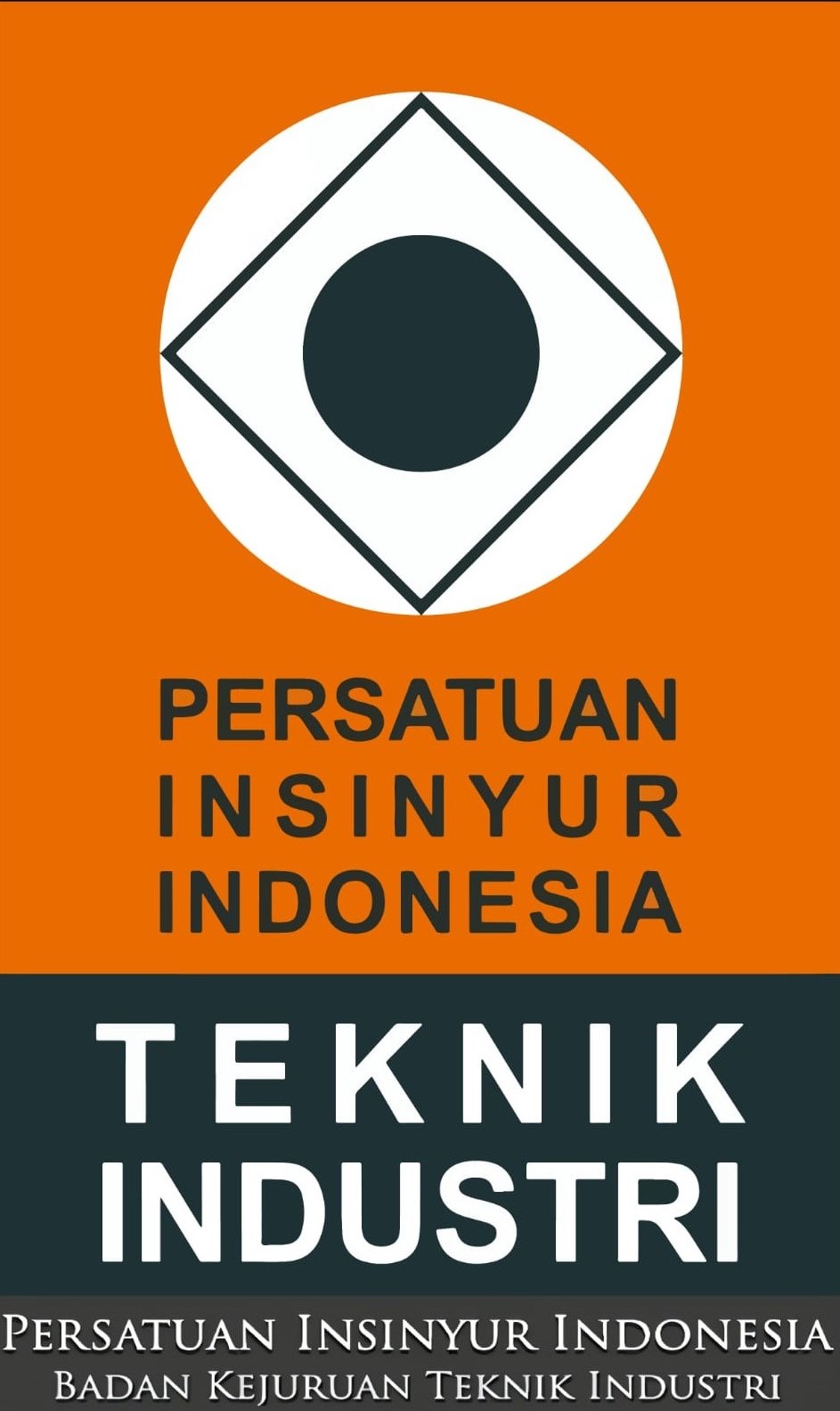Life Cycle Analysis Study of Plastic Flower Pot Products
DOI:
https://doi.org/10.32734/jsti.v26i2.15349Keywords:
Injection Molding, Inventory, Life Cycle AnalysisAbstract
Some flower pots are made of plastic materials. Plastic waste is a global environmental issue with varying quantities and types in different countries. One source of plastic pollution is low-durability plastic pots, commonly used for seeding in agriculture, horticulture, and forestry. Waste from these plastic pots is difficult to decompose by soil microbes, thus posing an environmental contamination risk. Life Cycle Analysis (LCA), also known as life cycle assessment, is a method to measure the environmental impacts of products, such as biofuels. In LCA, researchers prepare an inventory of the resources used (e.g., fossil fuels and raw materials) and substances produced (e.g., greenhouse gases, solid waste, and other pollutants) throughout the full life cycle of production, transportation, and use of the product in question. From this inventory, researchers conduct impact assessments that estimate the final effects on human health, ecosystem function, and depletion of natural resources. This study aims to assess the life cycle analysis of plastic flower pot products from their initial material stage to their disposal as waste, in order to gain insights into the potential for minimizing their environmental impact. The results of research where the production of 600 ml plastic flower pot bottles required 28 grams of plastic resin per bottle, as well as energy for the production and transportation processes. Plastic packaging production produces defective products.
Downloads
References
F. Consoli, D. Allen, U. S. A. I. Boustead, A. A. Jensen, and R. Parrish, Guidelines for Life-Cycle Assessment: A “Code of Practice.†1993.
E. Taqwaningrum, K. Kardiman, and D. Santoso, “Desain Cetakan Plastik Pot dan Tatakan Pot Tanaman Menggunakan Software Autodesk Pada Mesin Injection Moulding,†Jurnal Ilmiah Wahana Pendidikan, vol. 8, no. 15, Sep. 2022, doi: 10.5281/zenodo.7049102.
R. Verma, K. S. Vinoda, M. Papireddy, and A. N. S. Gowda, “Toxic Pollutants from Plastic Waste- A Review,†Procedia Environ Sci, vol. 35, pp. 701–708, 2016, doi: https://doi.org/10.1016/j.proenv.2016.07.069.
M. Fachrul, A. Rinanti, S. Salmiati, and T. Sunaryo, “DEGRADATION OF POLYETHYLENE PLASTIC WASTE BY INDIGENOUS MICROBIAL CONSORTIUM AND FUNGI,†INDONESIAN JOURNAL OF URBAN AND ENVIRONMENTAL TECHNOLOGY, vol. 5, p. 86, Oct. 2021, doi: 10.25105/urbanenvirotech.v5i1.10749.
Ma. A. Curran, “Environmental life-cycle assessment,†Int J Life Cycle Assess, vol. 1, no. 3, pp. 179–179, Sep. 1996, doi: 10.1007/BF02978949.
S. Gillani, J.-P. Belaud, C. Sablayrolles, M. Montréjaud-Vignoles, and J. Lann, “Review of Life Cycle Assessment in Agro-Chemical Processes,†Chemical Product and Process Modeling, vol. 5, Nov. 2010, doi: 10.2202/1934-2659.1496.
G. Finnveden and J. Potting, “Life Cycle Assessment,†in Encyclopedia of Toxicology (Third Edition), P. Wexler, Ed., Oxford: Academic Press, 2014, pp. 74–77. doi: https://doi.org/10.1016/B978-0-12-386454-3.00627-8.
G. Rebitzer et al., “Life cycle assessment: Part 1: Framework, goal and scope definition, inventory analysis, and applications,†Environ Int, vol. 30, no. 5, pp. 701–720, 2004, doi: https://doi.org/10.1016/j.envint.2003.11.005.
W. Schmidt, “Strategies for Environmentally Sustainable Products and Services,†Corporate Environmental Strategy, vol. 8, no. 2, pp. 118–125, Jul. 2001, doi: 10.1016/S1066-7938(01)00093-8.
J. Hill, “Life Cycle Analysis of Biofuels,†in Encyclopedia of Biodiversity, 2013, pp. 627–630. doi: 10.1016/B978-0-12-384719-5.00365-8.
R. Stratton, H. Wong, and J. Hileman, “Quantifying Variability in Life Cycle Greenhouse Gas Inventories of Alternative Middle Distillate Transportation Fuels,†Environ Sci Technol, vol. 45, pp. 4637–4644, May 2011, doi: 10.1021/es102597f.
IRJET Journal, Design optimization & Manufacturing Planter Container. 2024. Accessed: Jan. 04, 2024. [Online]. Available: https://issuu.com/irjet/docs/irjet- v4i625/7
ISO 14040:2006 - Environmental management — Life cycle assessment — Principles and framework. 2024. Accessed: Jan. 04, 2024. [Online]. Available: https://www.iso.org/standard/37456.html
Downloads
Published
How to Cite
Issue
Section
License
Copyright (c) 2024 TALENTA Publisher Universitas Sumatera Utara

This work is licensed under a Creative Commons Attribution-ShareAlike 4.0 International License.
The Authors submitting a manuscript do so on the understanding that if accepted for publication, the copyright of the article shall be assigned to TALENTA Publisher Universitas Sumatera Utara as the publisher of the journal.
Copyright encompasses the rights to reproduce and deliver the article in all forms and media. The reproduction of any part of this journal, its storage in databases, and its transmission by any form or medium will be allowed.



















